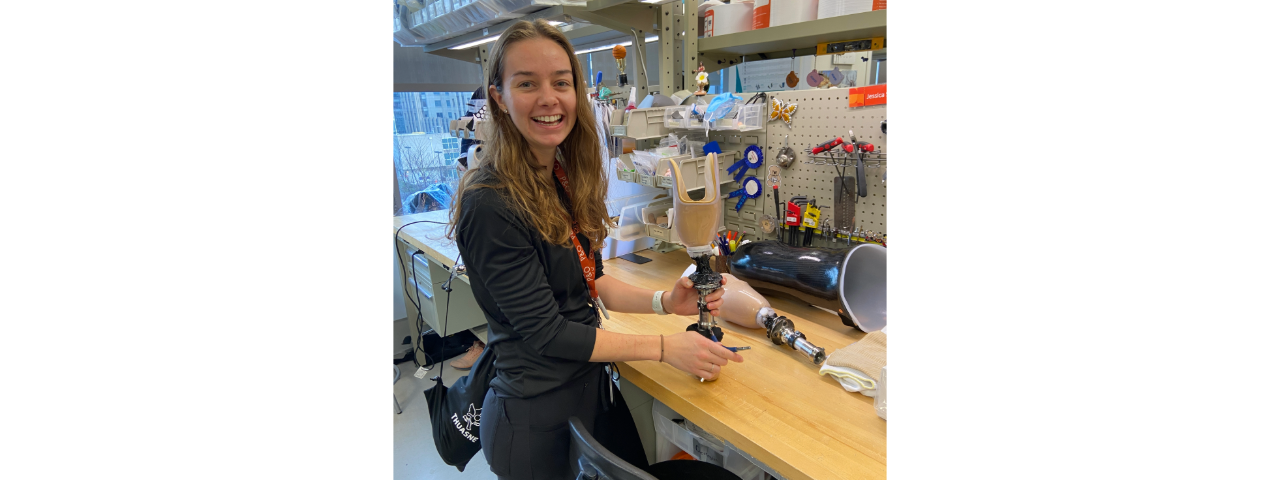Body
A robot that reads your mind may change the way you move. The technology designed to predict the body’s actions may help patients counteract their own physical limitations.
The experiment starts with a research assistant who straps her arm into a robotic device.
Justin Horowitz, RIC/UIC researcher: “The robot over here quickly and accurately measures someone’s motions.”
But it also tracks something far more complex. Watch the white line … it’s following Erica’s arm as she reaches for the red dot. But a programmed jolt pushes her movement off course. The blue line represents Erica’s intent. It keeps moving toward the target – despite the disturbance.
Justin Horowitz: “The idea being this is actually a demonstration the robot can tell what somebody wants.”
It’s a concept once thought to be impossible. But inside this lab at the Rehabilitation Institute of Chicago, researchers Justin Horowitz and Jim Patton built what’s being called a psychic robot that’s not only well versed in the mechanics of movement – when a disturbance occurs, it understands what the jolt has done and removes the affect, showing how the arm would have moved had there been no disruption. It’s technology that may help patients after a stroke or brain injury.
Justin Horowitz: “It’s generally applicable in any case where the person can move their limbs, but their limbs don’t respond quite the way they wish they would.”
Jim Patton, PhD, RIC/UIC researcher: “This is a way of really getting underneath the questions of what’s wrong with someone, and it could be that your muscles are broken and that’s the problem, or it could be that somewhere in your brain you’re formulating the idea of what you want to do next incorrectly.”
There are robotic limbs that help amputees walk with less effort and full body exoskeletons that lift and propel patients with spinal cord injuries. The psychic robot’s software could be inserted into a similar wearable device.
Justin Horowitz: “If an exoskeleton or prosthesis knows what someone means to do, it can counteract the disturbances coming from their own body and allow them to move close to undisturbed. What we can do here is we can render not just simple corrections like helping someone against gravity, we can render complex corrections like counteracting their spasticity or tremor, things that are too fast and complicated to do otherwise.”
And the technology has applications outside of healthcare and on the road.
Justin Horowitz: “Once you know somebody’s intentions, what you can use that intention to do is to drive a vehicle. Let’s say you were t-boned from the side while driving. If the car knows where you meant to go and it has some control remaining over its wheels, it can keep you on course somewhat.”
Jim Patton, PhD: “The idea is to do therapy using these interactions so that one day or maybe even today you can walk away from the robot you’re training with and be finished with it and be moving better.”
Right now, the robot is in the lab, and the researchers are already working with stroke patients.

